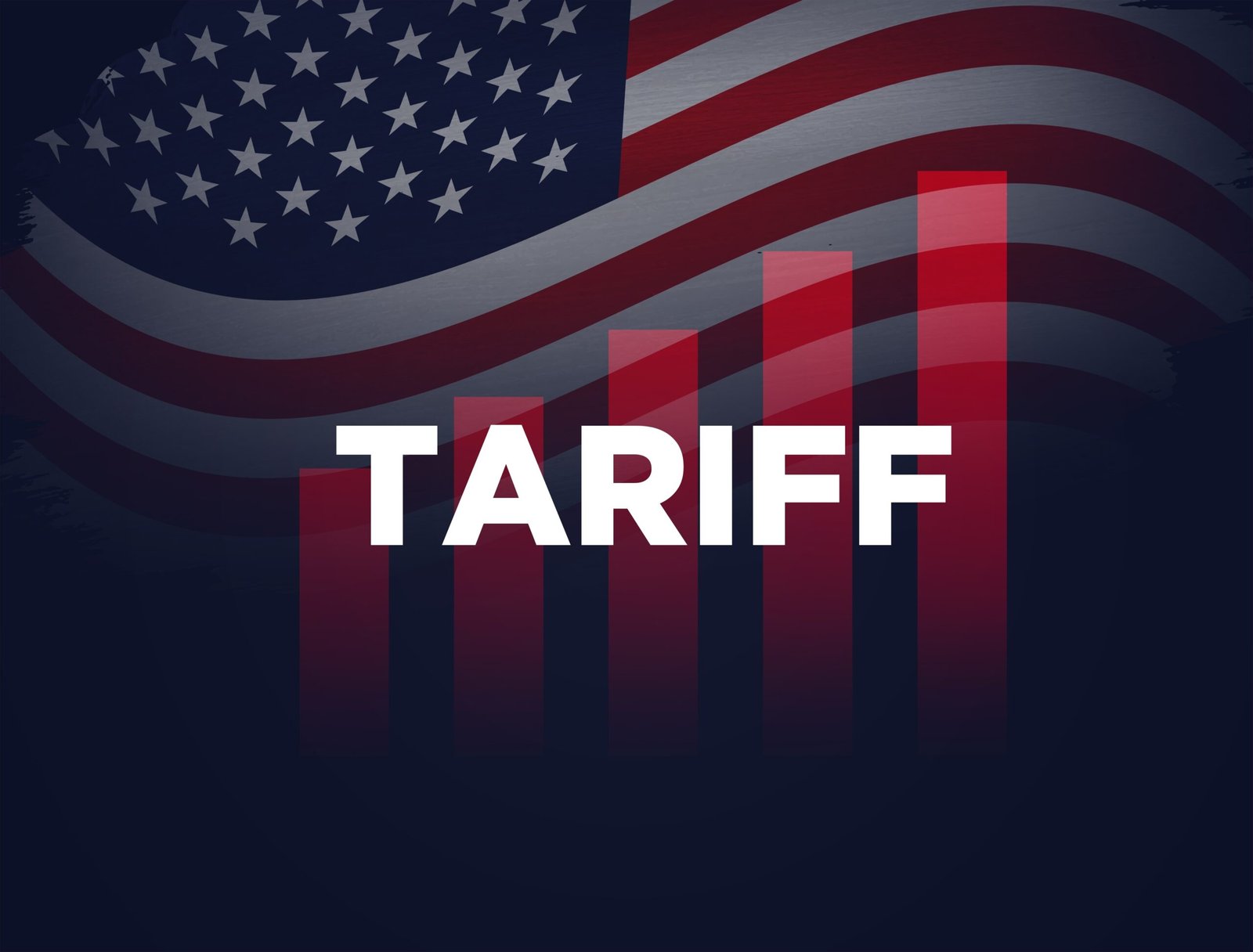Introduction: A Trade Flashpoint With Billion-Dollar Stakes
Thailand’s economy is facing a pivotal moment. With the U.S. considering a 36% tariff hike on key Thai exports, business leaders across the country are bracing for impact. This proposed penalty could hit over $4.8 billion worth of goods, including electronics, auto parts, rubber, and seafood—many of which fuel Thailand’s SME and startup ecosystems.
But can Thailand strike a deal in time to avoid this trade shock?
This blog dives deep into the trade tensions, proposed concessions, sector risks, and what business decision-makers need to prepare for in Q3–Q4 2025.
Why Is the US Considering a Tariff Hike on Thailand?
This tariff threat isn’t new—it’s been brewing since the U.S. revoked Thailand’s Generalized System of Preferences (GSP) privileges in 2020. At the core are longstanding U.S. concerns over:
- Labor rights and wage enforcement
- Environmental compliance
- Digital trade and cross-border data flows
- Intellectual property protections
In recent months, these tensions have intensified. The USTR (United States Trade Representative) announced a possible 36% blanket tariff on several product categories unless Thailand implements reforms.
Which Industries Are at Risk?
If implemented, the tariff hike would hit key Thai export sectors, including:
* Electronics and semiconductors: A $1.2B+ category vulnerable to cost swings
* Automotive components and machinery: Core B2B exports for Japanese and Chinese firms operating in Thailand
* Rubber products: Tires, gloves, and industrial rubber used in U.S. logistics
* Seafood and agriculture: Shrimp, canned tuna, and fruit exports
Many Thai SMEs, especially in Eastern Seaboard industrial zones, rely heavily on U.S. orders.
Thailand’s Trade Concessions: What’s Being Offered?
In an attempt to avoid the tariff escalation, Thailand has reportedly offered several concessions to the U.S., including:
- Labor and environmental reforms aligned with U.S. expectations
- Digital trade openness: More transparent cross-border data practices
- Easier U.S. business access to local Thai markets under fairer conditions
- IP enforcement improvements through faster litigation channels
If these concessions go through, they may also improve Thailand’s position with other trade partners like the EU and Japan.
What Happens Next? Timeline to Watch
- July 9, 2025 – Expected USTR decision date
- Q3 2025 – Possible bilateral meetings and policy revisions
- Q4 2025 – Tariff implementation (if no deal is reached)
What This Means for CEOs and Startups
Here’s how you can prepare strategically:
1. Audit Your US Exposure
Run a tariff impact assessment across your supply chain and pricing.
2. Diversify Export Markets
Shift some export focus to ASEAN, China, and RCEP nations.
3. Rework U.S. Contracts
Include tariff flexibility clauses and renegotiate pricing terms now.
4. Embrace Compliance-Driven Innovation
Startups can pivot into supply chain traceability, ESG software, or AI-driven trade finance tools.
Lessons from Regional Peers
Thailand isn’t alone. Other Asian nations have faced similar threats and responded strategically:
- Vietnam built a web of bilateral FTAs to cushion U.S. tariff risks
- Malaysia adapted quickly on digital trade and data flow policies
- India proactively resolved USTR concerns through trade diplomacy
Thailand can replicate these models—if it acts fast.
What Are the Likely Outcomes?
There are three realistic scenarios:
1. Full Trade Deal Achieved – No tariffs; Thailand upgrades digital, labor, and IP laws
2. Partial Resolution – Only certain sectors see relief
3. No Deal – 36% tariffs imposed; major export disruption
CEO Action Plan: Survive and Adapt
- Review your U.S. client dependencies
- Engage with BOI and Thai Trade for financial support and export diversification tools
- Explore digital product pivots and ASEAN-first growth strategies
- Stay informed: Follow trade updates daily
Conclusion: Prepare Now, Not Later
This isn’t just about tariffs—it’s about Thailand’s role in the global trade system. CEOs and startups must stay agile, informed, and ready to pivot supply chains, upgrade compliance, and build new markets.
If Thailand can balance reforms with diplomacy, it can avoid the 36% tariff hike—and emerge stronger.
Interesting Reads :








